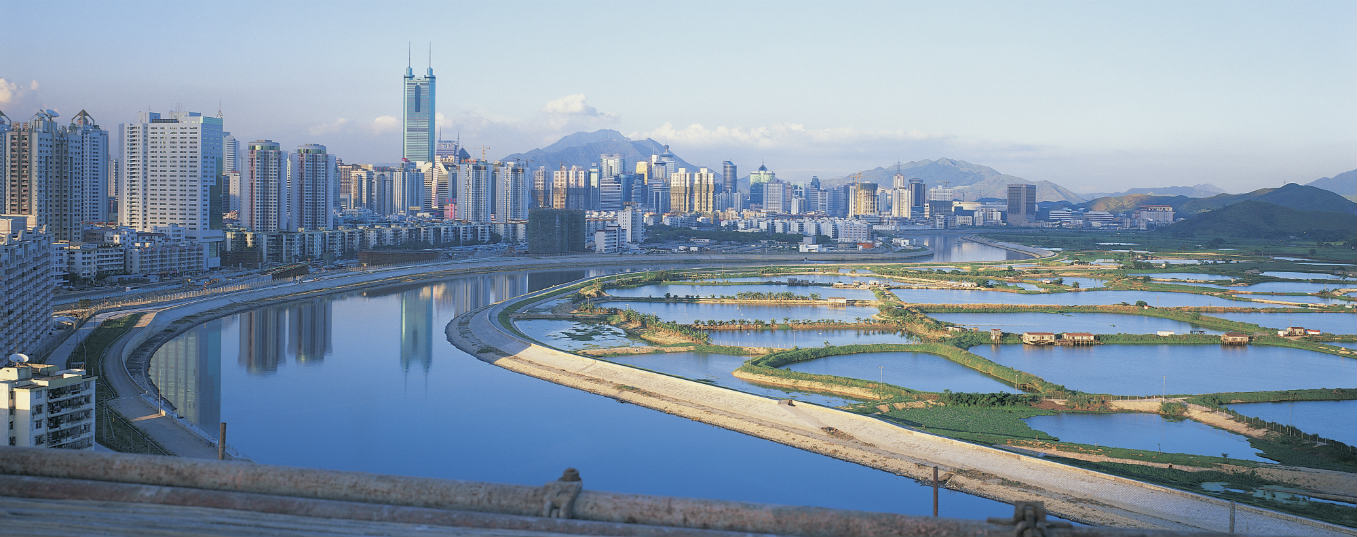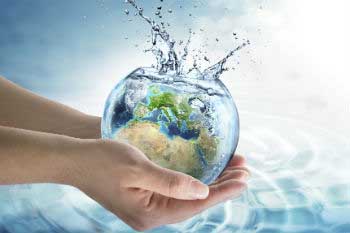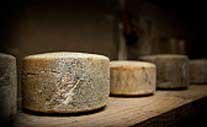Do you know your clothes' ecological and social footprint?
Let us find out what we really have inside our wardrobes.The clothes we wear have an avoidable but often unknown ecological and social footprint. So let us find out what we really have inside our wardrobes.
Clothes´ useful life, their materials, and where they are made are some of the elements which can turn a simple T-shirt into a thing that can cause a huge environmental impact, generating tonnes of C02.
How do your clothes affect people and the environment?
1. Overexploitation of raw materials:
Dutchman Arjen Hoekstra –the father of the water footprint concept –estimates that about 2,900 litres of water are necessary to make a 250 g cotton T-shirt; a pair of jeans weighing 1 kg requires 11,800 litres, and a cotton bud requires 4 litres. They are just examples, but their excessive production and consumption mean tonnes of waste dumped –Spain, for instance, generates 8-10 kg per person every year.
2. Toxicity:

Synthetic dyes use heavy toxic metals; lead, nickel, chromium VI (a well-known and very toxic carcinogen for humans), Arylamines (many amines can cause cancer), PFC and biocides (bioaccumulatives and toxic substances), Phthalates (used with PVC as a base for printing designs on clothes and can disrupt human development and reproductive processes), etc.
3. Use of fuel:
As we consume products imported from distant countries, the carbon footprint widens because of the fuel used for their transport.
4. Labour exploitation:
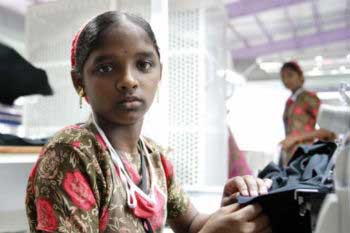
Many famous brands manufacture their products in developing countries.
They can sometimes generate a negative social impact; it is not rare to see people working for over 60 hours a week getting low salaries under not very safe or healthy conditions, and even child labour.
What solutions are there for a sustainable fashion?
1. More sustainable materials; looking at the labels; knowing the brands:
MANGO, with 905 stores in 83 countries, has included the principle of substitution in its policy on harmful substances, just as Camper and others have done.
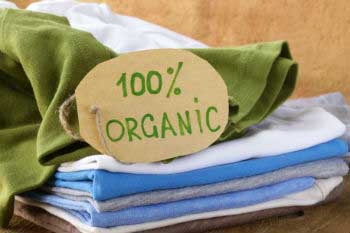
- The most valued material (according to organisation MADE-BY): The best environmentally-friendly fibres, which fall into category A, are: recycled cotton, recycled nylon and polyester, hemp cloth and linen obtained from environmentally-friendly farming. Into category B falls the cotton obtained from environmentally-friendly farming or allyocell –a new fibre whose production is based on cellulose. Textile Exchange argues this is eco-friendly cotton with fair profits.
- Unusual fibres like hemp.
- Recycling: Plastics or rubber, cotton.
- Natural dyes: Clay, flowers, vegetal components, different hues of organic cotton (shades of brown, green, white), etc.
2. Fair trade:
There are producers who, whichever the country they are in, receive fair profits. Know more about them at Intermón Oxfam, SETEM (NGO federations of international solidarity) and many more others.
3. Products from nearby countries:
Trying not to buy products from distant countries and from developing ones (India, Vietnam), which are more likely to come from labour exploitation and generate more CO2 because of their transport.
Campaigns like http://www.greenpeace.org/detox have let both the public –which have mobilised – and major companies know about this problem, and have made them aware of the need for an incipient and more sustainable fashion.
The best solution is a smaller wardrobe and implementing the three sustainability R´s: recycling, reusing, and reducing. Do you think you really need new clothes almost every month?
More information: Made-by, Textile Exchange


